
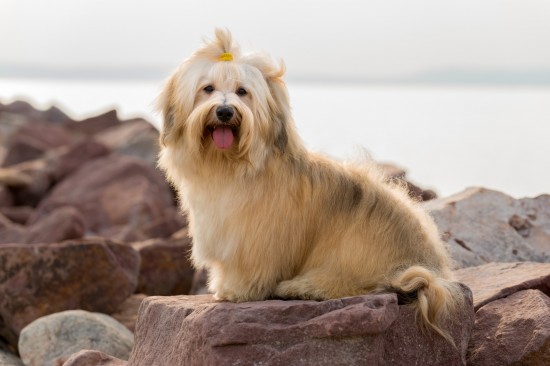
The Havanese dog is one of the dogs of the Bichon type, developed in Havana, Cuba. The Havanese is actually the national dog of Cuba, and was developed by crossing two now extinct breeds, being the Bichon Tenerife and the Blanquito de la Habana.
They are small, toy dogs that are relatively sturdy in build, and have long, silky coats that can be seen in virtually every imaginable colour, although white is by far the most common variety. Their coats are double layered, consisting of a warm undercoat and longer topcoat, and both layers of the coat are very soft and smooth to the touch. The coat is also relatively low shedding, which means that they may potentially be a good choice of dog for people who are prone to allergies.
The breed stands up to 11” tall at the withers, and can weigh between 3-6kg. They are proportionate but fairly solidly built, with one particular breed characteristic being a springy walking gait, which makes them instantly recognisable. They are considered to make for excellent family pets and companions, and need plenty of human company and lots of attention in order to be happy.
If you are wondering if the social, friendly little Havanese is the right pet for you, it is important to research their overall health and longevity before committing to a purchase. In this article, we will look at these factors in more detail. Read on to learn more.
The average lifespan of the Havanese dog is 12-14 years, which places them towards the middle-top of the rankings across the board for breeds of a similar size. This indicates that the breed as a whole is robust and healthy, and not prone to a wide range of ailments. However, like all pedigree dogs, the Havanese may be prone to certain hereditary health problems that can affect their lifespan.
The build and conformation of the Havanese dog is considered to be robust and healthy, and does not pose any problems for the dog in and of itself. However, the coat of the breed does tend to grow thick and long, and should be trimmed around the face to ensure that it does not interfere with normal vision. The density of the coat can also make the Havanese prone to overheating in hot weather.
The coefficient of inbreeding statistic for the Havanese breed is 2.7%, which is well below the 6.25% or less that is considered to be the optimum for pedigree dog breeds. This indicates that the gene pool for the breed as a whole is large and diverse, and that the breed is not considered to be at risk of inbreeding.
The Havanese breed is one that is notable for not being subject to a wide range of known hereditary health problems that can afflict other pedigree breeds, although the breed is noted to have slightly elevated risk factors for problems with the eyes.
The British Veterinary Association advises health testing for potential parent dogs of the breed, in order to identify a hereditary propensity to retinal dysplasia, and progressive retinal atrophy, an irreversible condition that leads to progressive blindness.
As a relatively long lived and generally healthy breed, the Havanese dog is not known to have a strong likelihood of developing other hereditary health problems, other than those mentioned above. However, a range of other health issues have been identified to a certain degree across the breed, although no pre-breeding screening is currently available for these conditions.
Some conditions that can affect the breed and that have a hereditary element to them include:
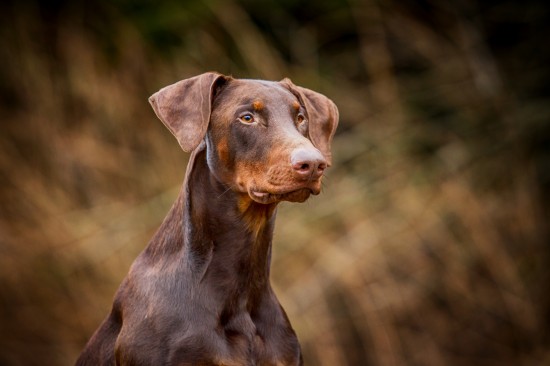 Health Problems Common To The Doberman Pinscher Dog Breed
Health Problems Common To The Doberman Pinscher Dog Breed
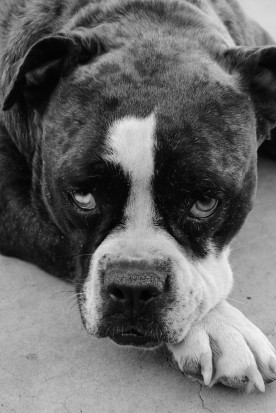 The Alapaha Blue Blood Bulldog - A Most Unusual Breed!
The Alapaha Blue Blood Bulldog - A Most Unusual Breed!
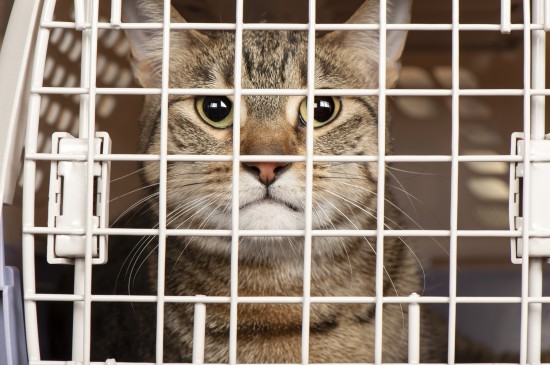 Getting Your Pet Ready For A Trip To The Vet
Getting Your Pet Ready For A Trip To The Vet
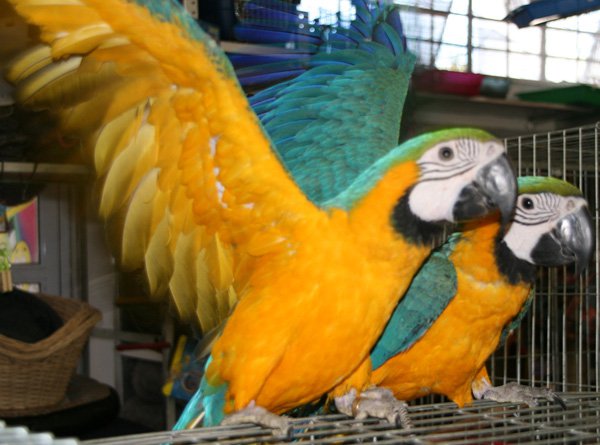 The Different Benefit of Portable Chicken Coops for your Feathered Pet
The Different Benefit of Portable Chicken Coops for your Feathered Pet
 Canine Parainfluenza - Parainfluenza In Dogs
Canine Parainfluenza - Parainfluenza In Dogs
 Need for a well behaved dog
Need for a well behaved dog
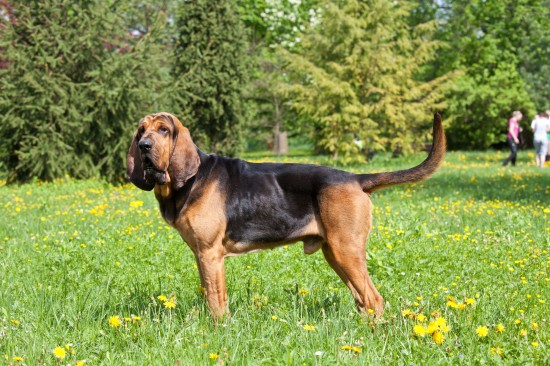 10 Very Talkative Dog Breeds
10 Very Talkative
10 Very Talkative Dog Breeds
10 Very Talkative
 Pet Accessories – From Dog Lead to Crates
Pet Accessories – From Dog Lead to Crates
Dogs
Pet Accessories – From Dog Lead to Crates
Pet Accessories – From Dog Lead to Crates
Dogs
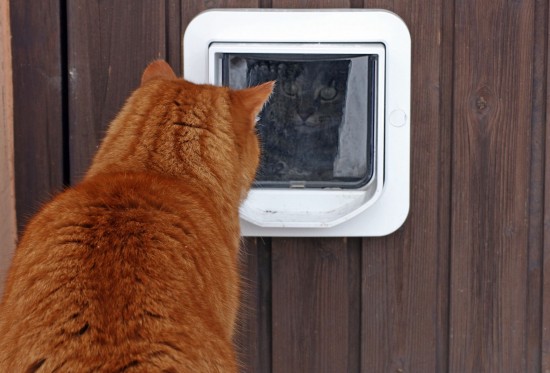 How To Stop Other Cats Coming Through Your Cat Flap
How To Stop Other
How To Stop Other Cats Coming Through Your Cat Flap
How To Stop Other
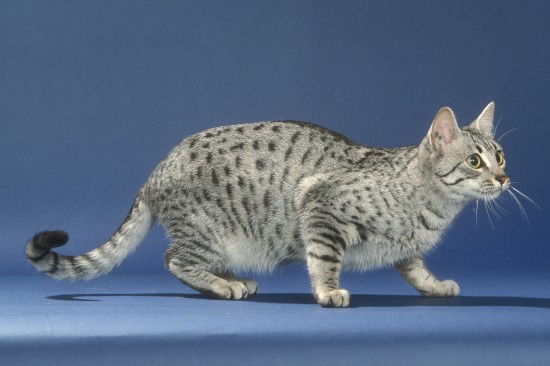 The Egyptian Mau Cat Breed
The Egyptian Mau
The Egyptian Mau Cat Breed
The Egyptian Mau
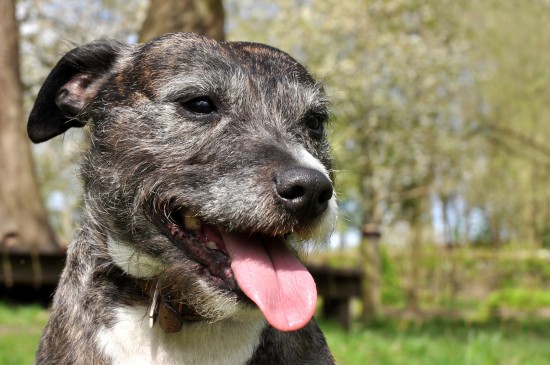 Is My Dog Suffering From Alzheimers?
Is My Dog Sufferi
Is My Dog Suffering From Alzheimers?
Is My Dog Sufferi
Copyright © 2005-2016 Pet Information All Rights Reserved
Contact us: www162date@outlook.com